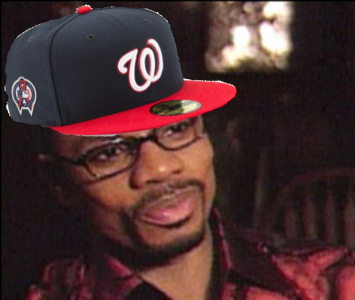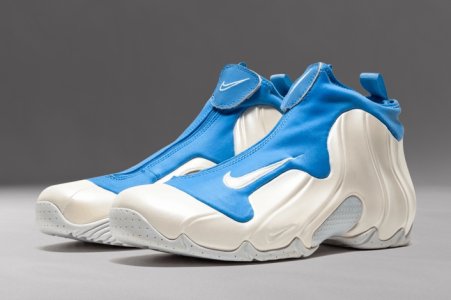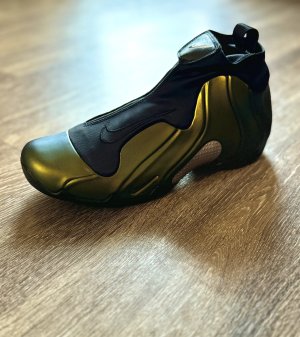A gif is worth a thousand words.
you guys act like were the consumers,even with the culture at a all time high we are still only like 4%.
96% of the people that walk into a footlocker dont know nothing about design,cws,materails and history.
for example the sc trainer, nike removed probably the coolest part of them the webtec(who knows what that melted plastic on the side is now)but they still get eaten up by collectors.
collectors cant complain about changes on some models and not others,nike as a company wouldnt like putting that much individual effort on each retro.
its gotta be all or nothing.
nothing wrong with retro + cws but there is a bigger market then just us, it makes perfect to make loud shoes that attract hood little kids in middle school /hs.its a youthful intercity vibe with every loud cw that gets released.not old farts like us trying to relive are youth.every other brand has been doing the same thing nike just gets picked a apart cuz its the biggest and we just happen to know gentry name and we feel a little more inside of whats going on at nike..
I understand what you are saying. The sneaker buying public - and even the "collectors" - aren't a monolith. It's rare that Nike knocks a retro completely out of the park. So, it usually becomes a question of whether something is "close enough." And, that's a subjective thing. Some people will say, no way. Others will say, I can deal with that. Others will say, I'll mess with this, but not at retail, etc. There's no Rosetta Stone that tells them when a shoe tips from a pass to a fail.
The only panacea is to take the time, care, and marginal extra cost to execute true to the original every time. Then, they can know that if they fail, it's because of marketing or misjudging the market, but not because of execution. They've likely concluded that it's not worth their effort to do that.
The one thing that would frustrate me about that approach from a corporate standpoint is that it doesn't really isolate the variable to diagnose the source of a failure when evaluating performance. ...A lot of these shoes do well enough, even if they don't smoke from day one. But, when you are comparing what did happen to the ideal, you can't be sure what percentage of the outcome was due to not having ideal product vs. not marketing, distributing, etc. perfectly. If you have a perfect product, you know that if you fail it was either because you overestimated the true demand, or didn't market well enough. When the product is weak, you could execute perfectly from those standpoints and you might not fully succeed if the product itself isn't "hot" enough to override all that noise.
At the same time, you have to remember that most of Nike's product isn't sold directly to customers. So, if they sell product to retail spots at half of MSRP, there's plenty of room for error in terms of everybody getting theirs. Plus, Nike holds the reigns in terms of what retailers get. As a retailer, you can't simply say, those Bakins didn't sell well, I don't want them next time. ...Nike says, if you want the Foams and the stuff that will sell, you have to take all this junk too - it's like the way buying cable works. So, the system is kind of rigged to insulate them from their failures business-wise, anyway. You can argue that along the value chain, they aren't even the ones taking the biggest risks.

 @ giving gentry credit for other people's work
@ giving gentry credit for other people's work

































